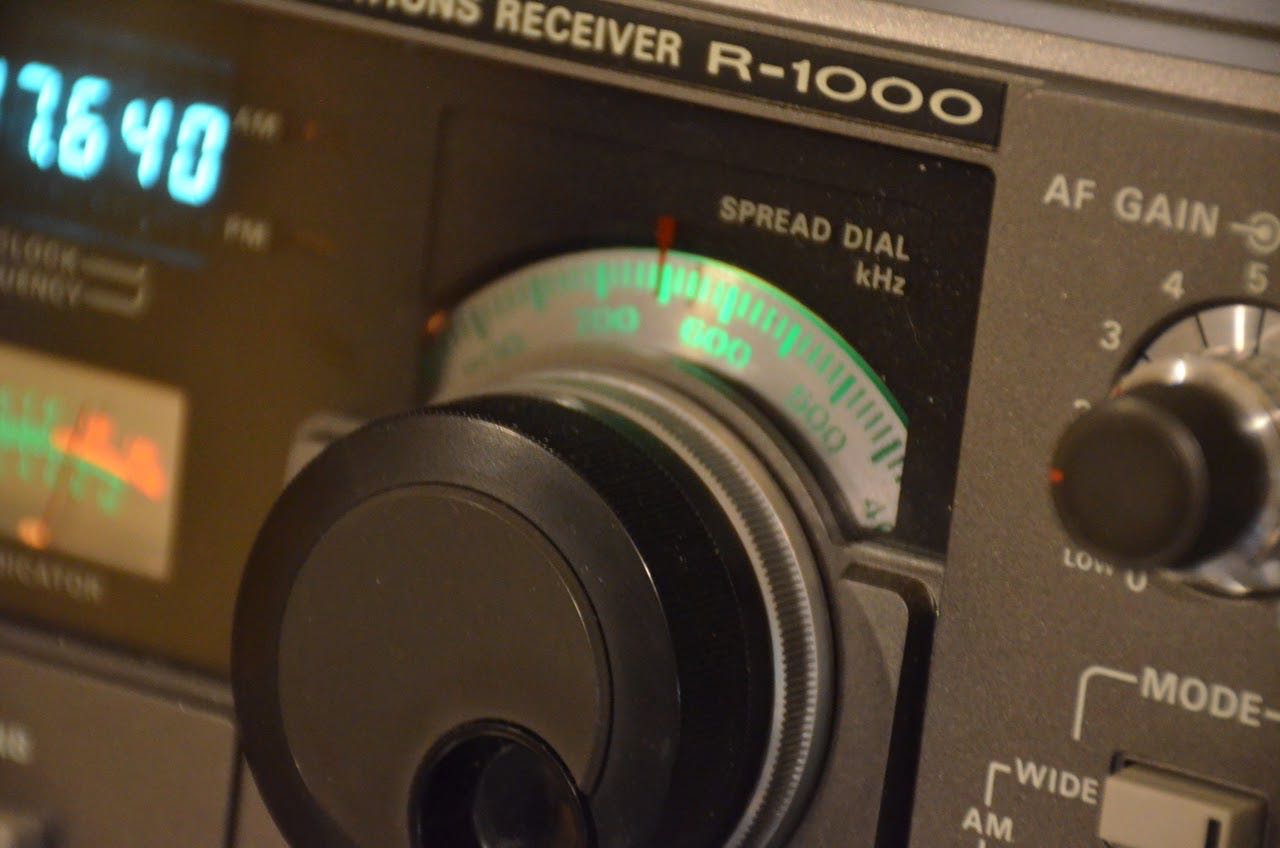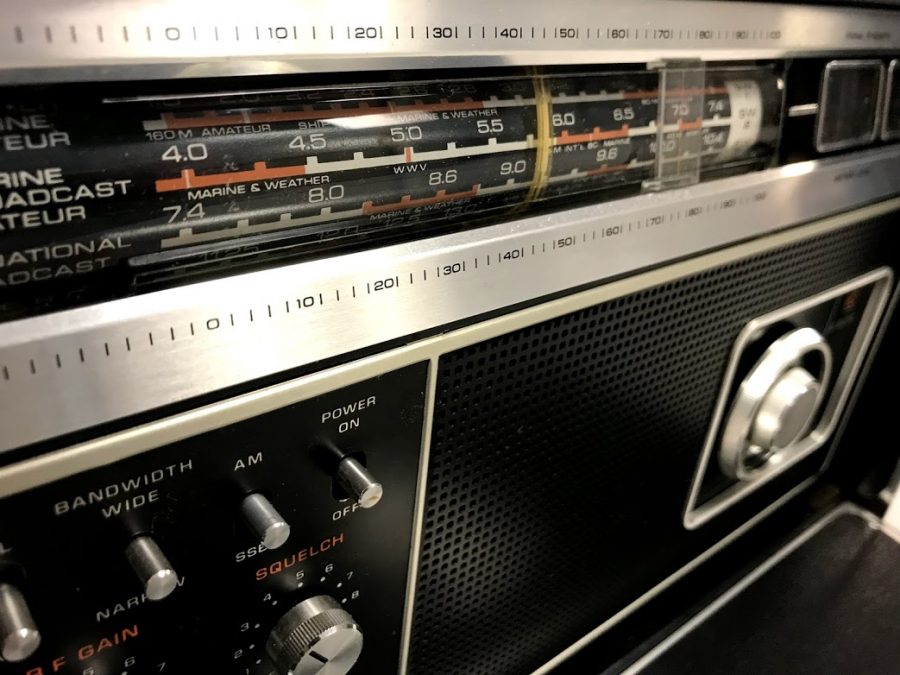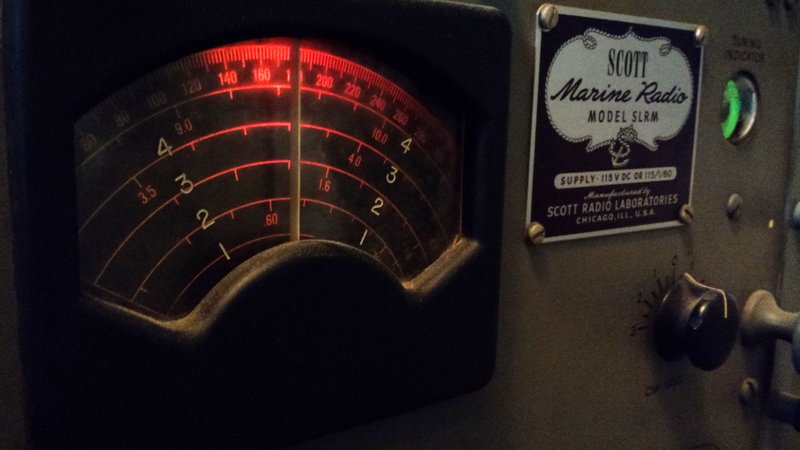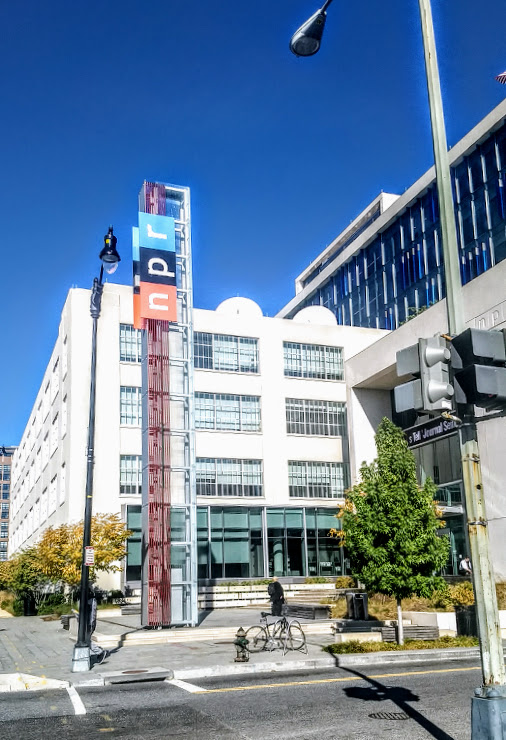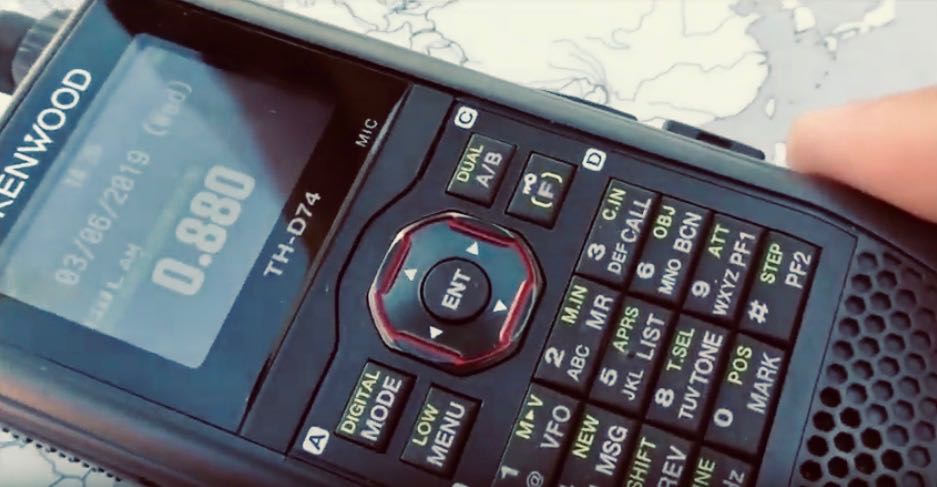Radio Waves: Stories Making Waves in the World of Radio
Because I keep my ear to the waves, as well as receive many tips from others who do the same, I find myself privy to radio-related stories that might interest SWLing Post readers. To that end: Welcome to the SWLing Post’s Radio Waves, a collection of links to interesting stories making waves in the world of radio. Enjoy!
FCC Chairman Ajit Pai to leave agency on Inauguration Day (PBS News Hour)
Federal Communications Commission Chairman Ajit Pai, a Republican, says he is leaving the telecommunications regulator on Inauguration Day.
President-elect Joe Biden will choose a new Democratic head for the agency. A new administration typically picks a new chairman.
Pai has presided over a contentious FCC over the last four years. He undid net neutrality rules that barred internet service providers like Comcast and AT&T from favoring some types of online traffic over others in 2017 and championed other deregulatory efforts. He has also worked to free up spectrum for cellphone companies so they can roll out 5G, the next-generation wireless standard that promises faster speeds, and cracked down on Chinese telecom companies as national security threats.
The incoming FCC is likely to try to reinstate net neutrality rules and focus on closing the “digital divide,” getting internet service to Americans who don’t have it because it’s not available or they can’t afford it.[…]
Ham Radio Needs To Embrace The Hacker Community Now More Than Ever (Hackaday)
As many a radio amateur will tell you, ham radio is a hobby with as many facets as there are radio amateurs. It should be an exciting and dynamic place to be, but as those who venture forth into it sometimes sadly find out, it can be anything but. Tightly-knit communities whose interests lie in using $1,000 stations to chase DX (long-distance contacts), an advancing age profile, and a curious fascination of many amateurs with disaster communications. It’s something [Robert V. Bolton, KJ7NZL] has sounded off about in an open letter to the amateur radio community entitled “Ham Radio Needs To Embrace The Hacker Community Now More Than Ever“.
In it he laments that the influx in particular of those for whom disaster preparedness is the reason for getting a licence is to blame for amateur radio losing its spark, and he proposes that the hobby should respond by broadening its appeal in the direction of the hacker community. The emphasis should move from emergency communications, he says, and instead topics such as software defined radio and digital modes should be brought to the fore. Finally he talks about setting up hacker specific amateur radio discussion channels, to provide a space in which the talk is tailored to our community.[…]
Coast Guard Proposes to Discontinue HF Voice Watchkeeping (ARRL News)
The US Coast Guard has invited comments by January 21, 2021, on a proposal to discontinue HF voice watchkeeping. The proposal [PDF] appeared on November 20 in the Federal Register. The USCG proposes to cease monitoring 4125, 6215, 8291, and 12,290 kHz, in the contiguous US and Hawaii, due to a lack of activity.
“We believe this change would have a low impact on the maritime public, as commercial satellite radios and Digital Selective Calling (DSC) marine-SSB HF radios have become more prevalent onboard vessels,” the Coast Guard said. “However, we would like your comments on how you would be affected if we terminated monitoring HF voice-only distress frequencies within the contiguous US and Hawaii, particularly if you use HF, but do not currently have a commercial satellite radio or an HF DSC-capable radio aboard your vessel.”[…]
FCC takes action against marketing of unauthorized transceivers (Southgate ARC)
On November 24 FCC Enforcement Bureau (EB) issued a citation and order concerning the illegal marketing of unauthorized radio frequency devices
The citation says:
This CITATION AND ORDER (Citation), notifies Rugged Race Products, Inc. d/b/a
Rugged Radios (Rugged Radios or Company) that it unlawfully marketed six models of radio frequency devices that (a) operated outside the scope of their respective equipment authorization, or without any equipment authorization; (b) permitted any operator to program and transmit on new frequencies using the device’s external operation controls; and (c) lacked the appropriate labeling. Specifically, Rugged Radios marketed models RH5R-V2, RM25R, RM25R-WP, RM50R, RM60-V, and RM100 in violation of section 302(b) of the Communications Act, as amended (Act), and sections 2.803(b), 2.925(a)(1), 80.203(a), 90.203(a), 90.203(e), 95.361(a), and 95.391 of the Commission’s rules.Read the Citation and Order at
https://docs.fcc.gov/public/attachments/DA-20-1395A1.pdfSource FCC Enforcement Bureau
https://www.fcc.gov/enforcement
Do you enjoy the SWLing Post?
Please consider supporting us via Patreon or our Coffee Fund!
Your support makes articles like this one possible. Thank you!

